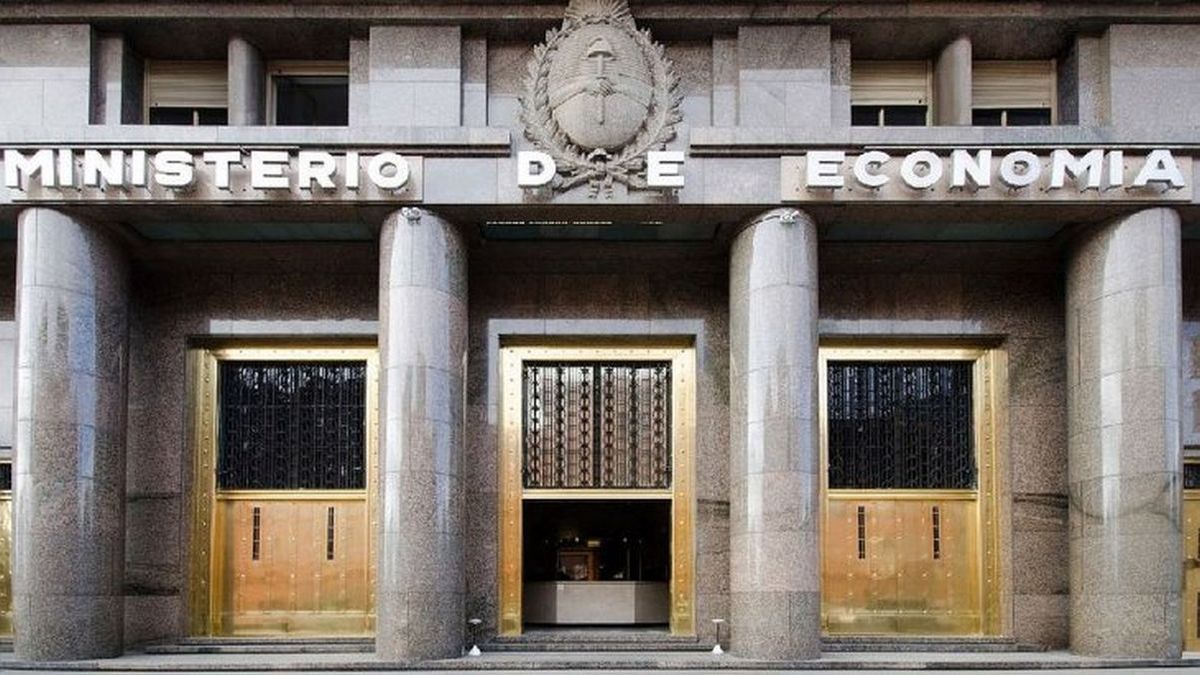Analysts weigh the impact of a possible split. And they maintain that the rise in the real exchange rate implicit in bond prices would not materialize.
As the elections that will consecrate the next president approach, A potential split scenario is being analyzed in the market by 2024. According to some private proposals, the price of bonds in pesos is falling short regarding a potential implementation of that exchange measure. While the securities in pesos issued by the government discount an increase in the real exchange rate of around 30%, some analysts predict that the advance in real terms would be lower. In this context, they point out, CER bonds that expire during the next year They look cheap compared to the dollar adjustable ones.
The content you want to access is exclusive to subscribers.
Juan Pedro Mazza, Fixed Income strategist at Cohen Argentina, maintains that in the event of a possible exchange rate split, in the event of a victory for the Unión Por la Patria candidate, Inflation-adjusted bonds look better than their “dollar-linked” cousins. Mazza considers that in December there would be a 50% devaluation, which would return the real exchange rate to the value prior to the step, which in turn would trigger monthly inflation of around 10%. The gain in the real exchange rate, in that framework, would be well below what the bond prices discount.


Thus, the analyst understands that The market prices of the CER and dollar linked bonds are 15% versus 24% for the first half of 2024; from 9% against 27% by September 2024 and from 9% against 14% by the beginning of 2025. “In other words, “CER bonds look cheap and an exchange rate split is not yet in market prices,” says the Cohen Argentina analyst.
About, Maximiliano Donzelli, from Invest On Line (IOL), He says that in the market “the option between CER bonds adjustable for inflation and dollar-linked and dual bonds adjustable for devaluation is being discussed.” ““CER 2024 bonds are trading at rates around CER +4%, while dual and dollar linked 2024 bonds are trading around -30%,” points out the analyst. Donzelli specifies that ““The prices already incorporate a devaluation in real terms of 32.7%”. In that sense, the IOL specialist indicates that “a more orderly transition is expected towards 2024 with a strengthened ruling party, which makes the outlook less uncertain”, in the event of a victory for Massa. While it is noted that “it is unlikely that Milei, the liberal candidate, will encourage the sale of assets in pesos to reduce demand for the Argentine currency.”
The problem is that, if the market foresees a potential doubling of the exchange rate, there are already some who are putting a magnifying glass on what would happen if the one who wins is the Minister of Economy. “There are few guarantees that a split carried out by Massa be successful. Without sufficient credibility, fiscal discipline will have to be exaggerated,” notes the brokerage firm GMA Capital. Your economist Nery Persichini states in a report that “a letter in favor of the current minister is that, with a priori greater doses of governance (governors, Congress and unions, among others) to his credit, would have greater capacity to carry out the correction of imbalances and, why not, a reform agenda.”
In November, after the elections and when it is already defined who will be the next president, the Treasury has to face maturities of $1.8 trillionof which the most important expires on the 23rd. This is a Lecer for $1.5 billion and at that point the economic team will have to analyze what instruments to propose to roll out those commitments.
Source: Ambito




